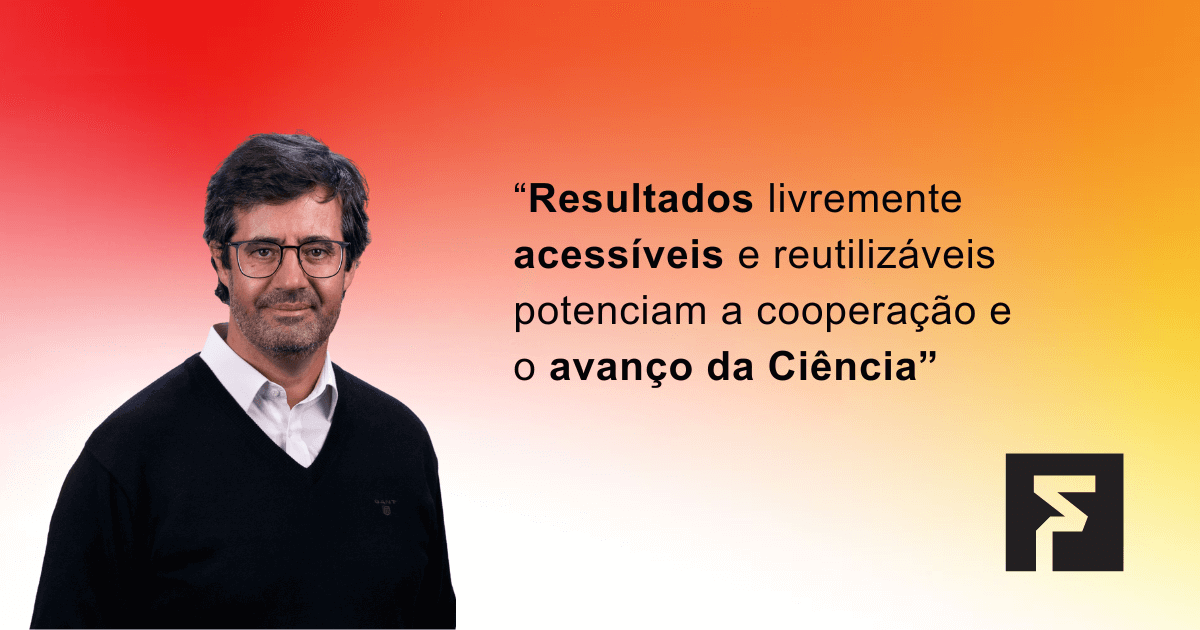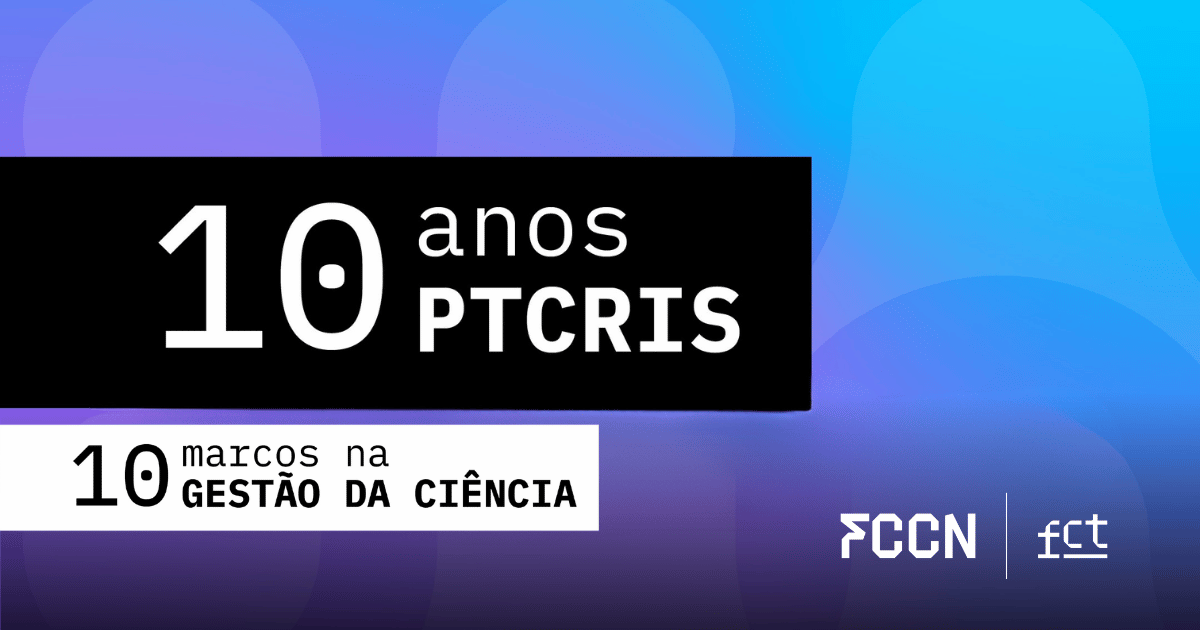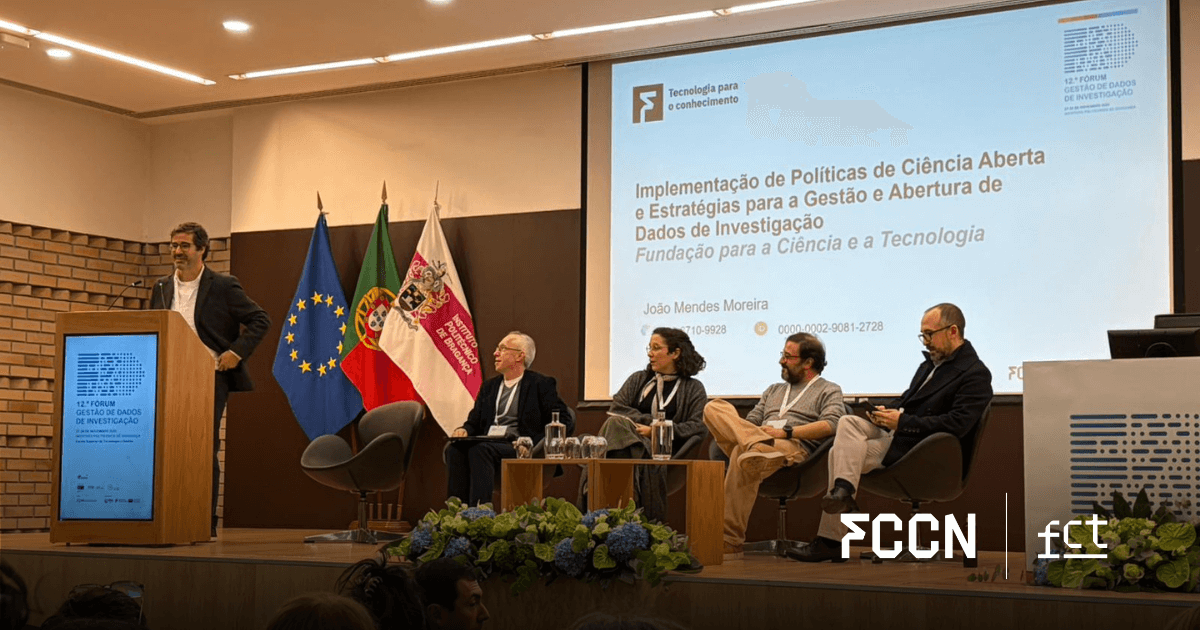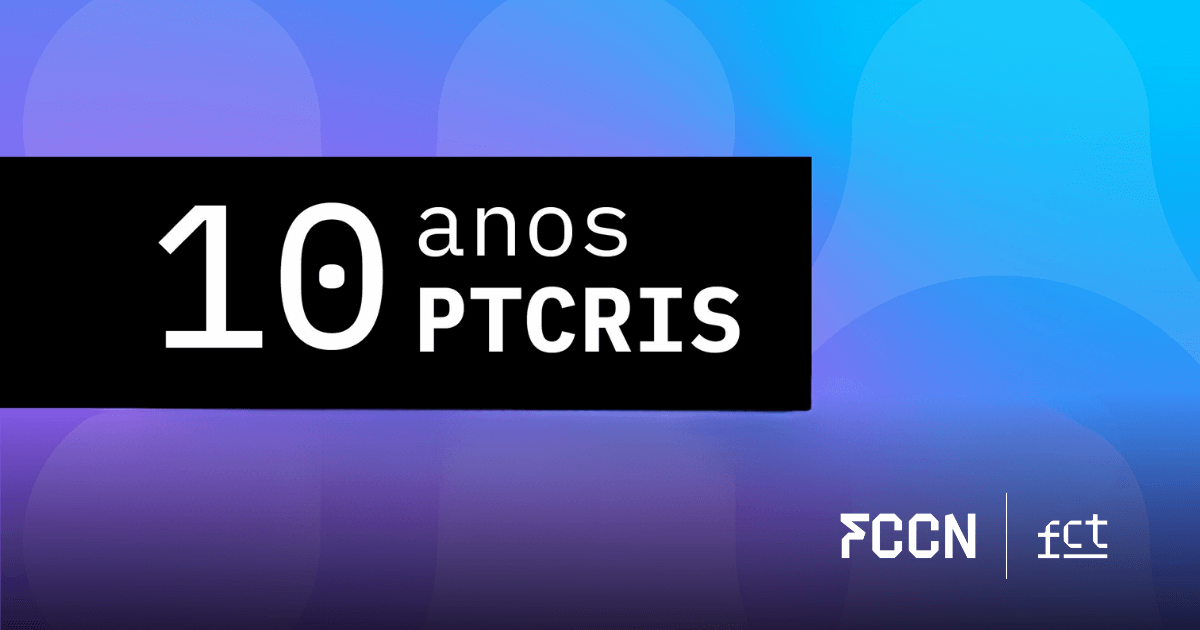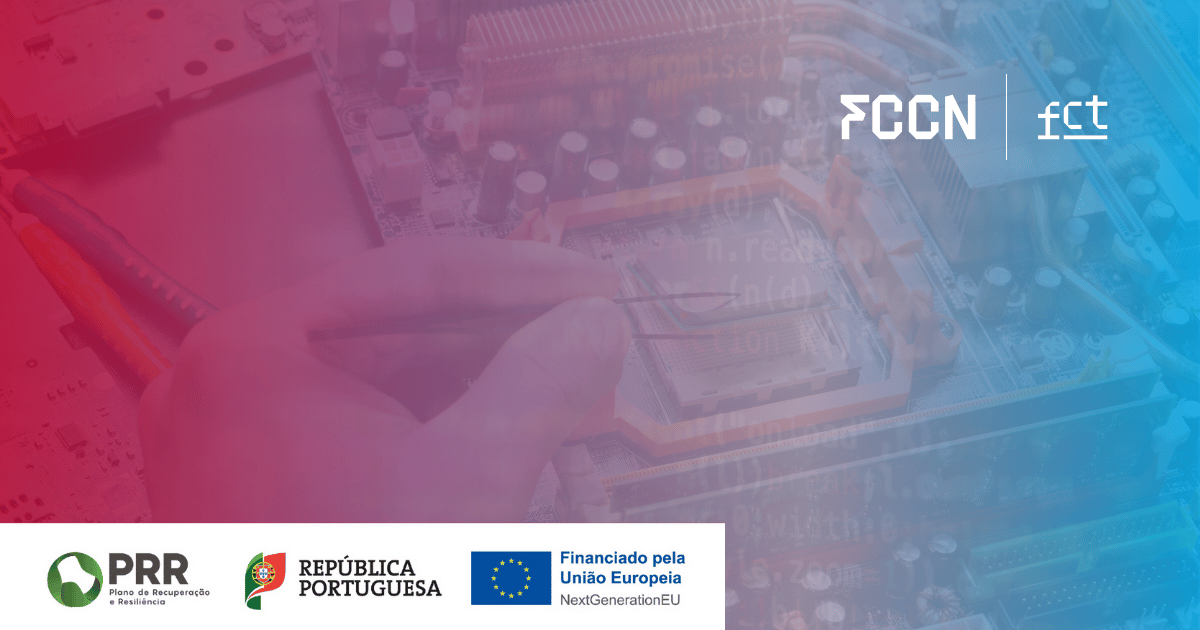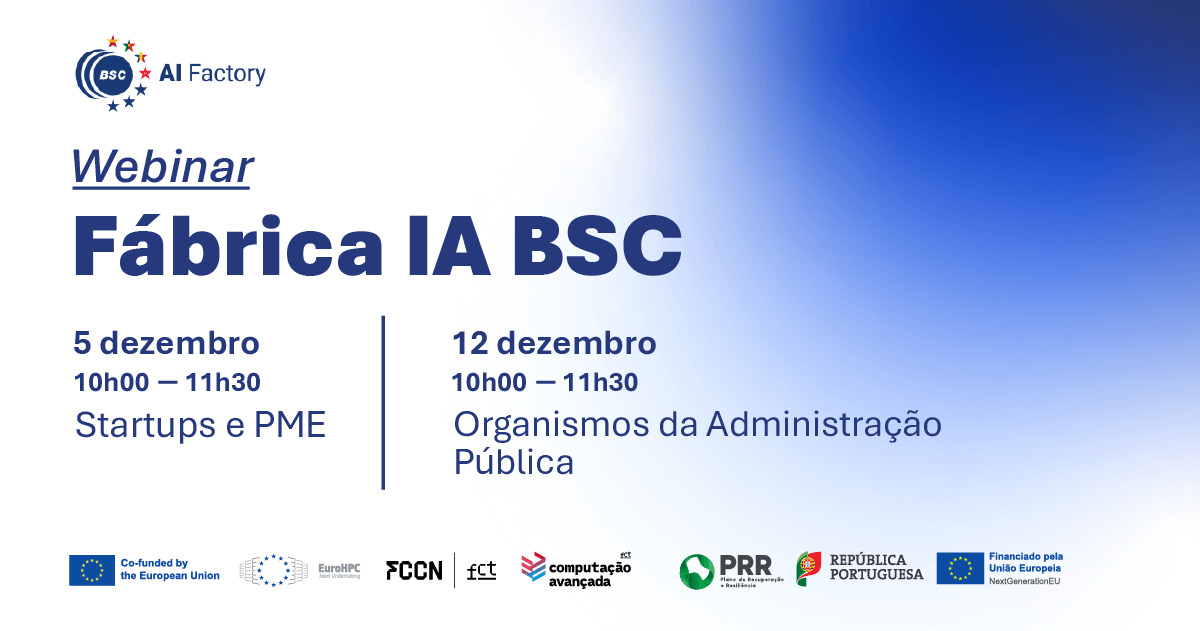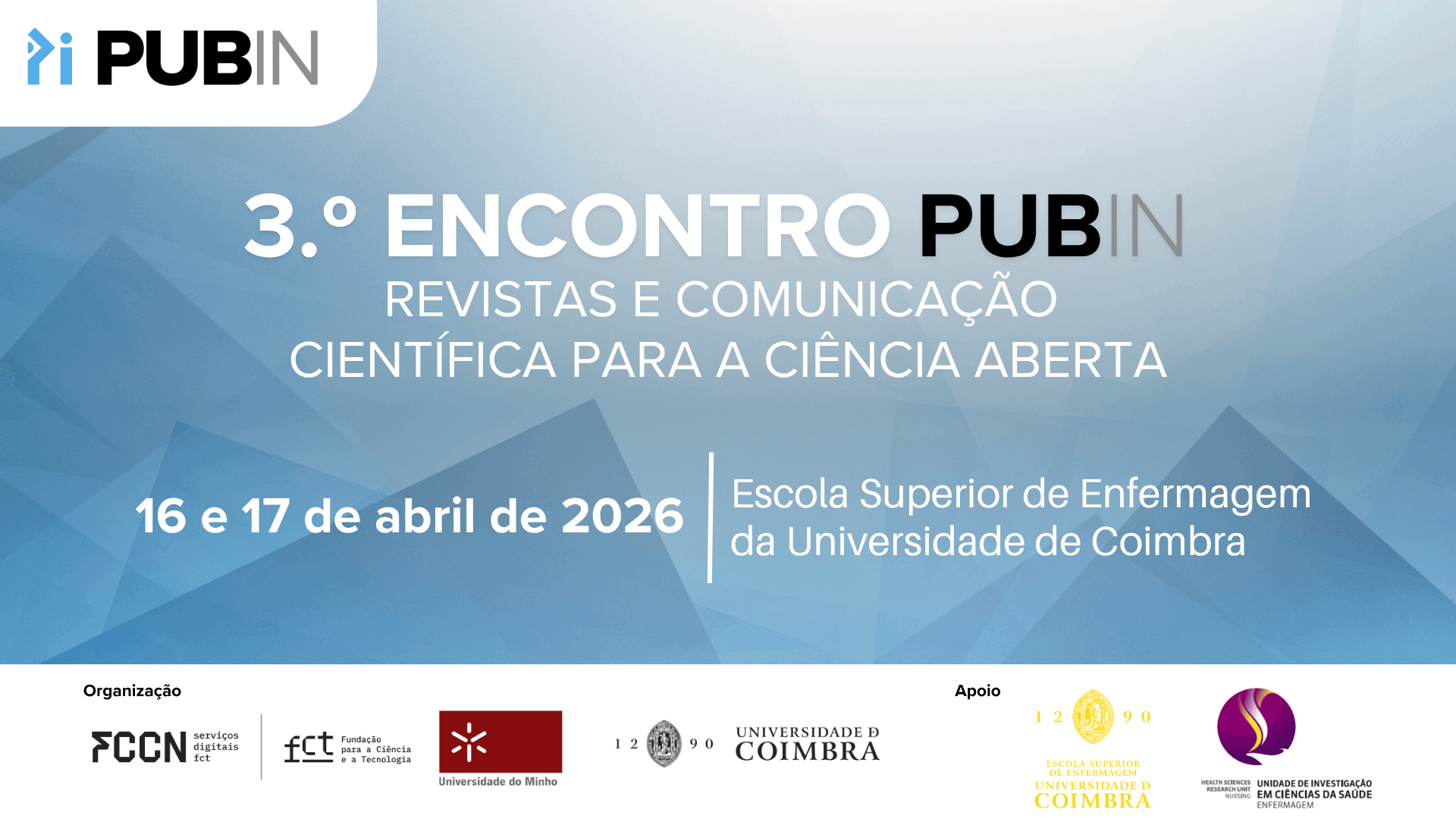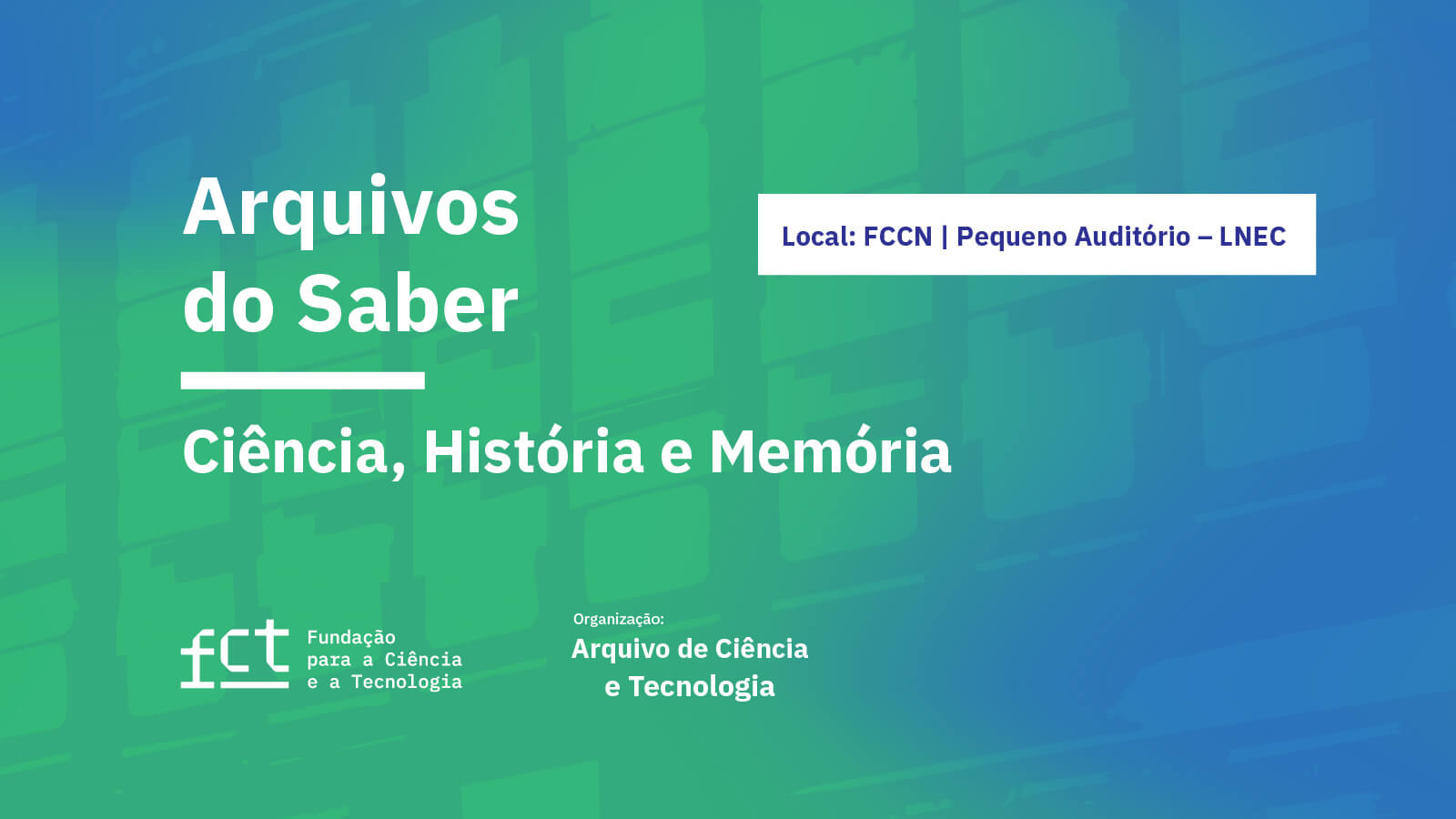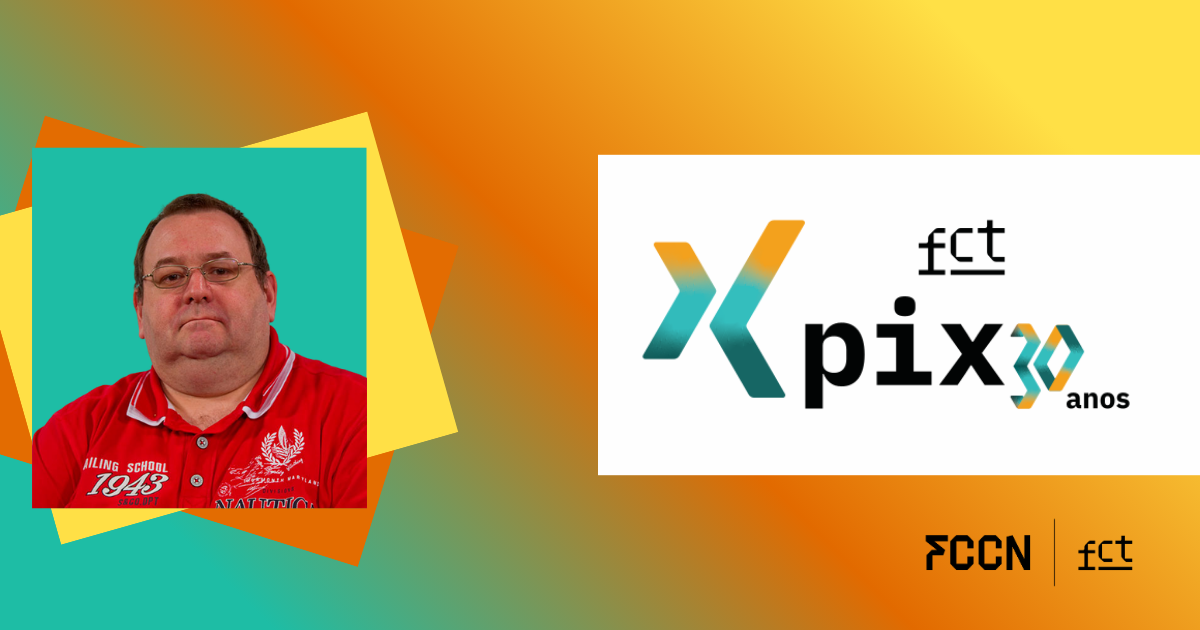
To mark the 30 years of PIX (Portuguese Internet Exchange), FCT's digital service, operated by FCCN, we spoke with Carlos Friças, responsible for CSIRT FCCN, FCT's digital service, which helped us understand the origin, evolution and relevance of this essential infrastructure for the Internet in Portugal.
Topics in this article:
PIX was founded 30 years ago. What motivated its creation, what were its objectives at the time, and what main challenge did it seek to address?
Although he started working on the maintenance of this service in 2000 (and since 2015 only with responsibilities in the security area), the objective that first led to his creation was the saving of international traffic.
At European level, several movements were emerging (in the RIPE community) with the aim of creating local traffic exchange platforms, for the mutual benefit of its participants and, naturally, the Portuguese networks also wanted these benefits for themselves.
Who were the key partners or institutions in launching the service and how did they contribute to its initial success?
In addition to FCCN, who managed at the time RCCN (National Scientific Community Network), the remaining partners were Telepac (from the Portugal Telecom group), EUnetPT (later acquired by the current NOS) and Global IP (a brand of the Sonae group that was also integrated into the current NOS).
Do you remember any key moments or achievements from the early years of PIX that were crucial to its consolidation?
I believe that this moment will be the internationalization, with the arrival of IP networks that had a presence not only in Portugal, but also in Europe and even on other continents. The attraction of multinational networks was only possible because sufficient critical mass was created in Lisbon for these networks to assess that the exchanging traffic in Portugal was also advantageous to them.
Later, it was also important to expand to more data centers in the Lisbon area, namely one of a commercial nature, thanks to Engineer Ana Pinto and Engineer Pedro Lorga.
If we look at the internet in Portugal before and after PIX, what differences would you highlight, especially in the context of academic networks? What problems did this service solve?
In the "pre-PIX" period, either there were direct connections between internet operators or traffic had to leave the country and re-enter, consuming a precious and expensive resource.
Historically, the academic network has always been interconnected with its European counterparts, so PIX has significantly improved the connectivity of our academic environment with commercial internet operators in Portugal, which represented a considerable mutual benefit.
In technical terms, the existence of PIX came significantly reduce the latency of IP communications, and allow a real rapprochement between the various operators in Portugal.
Three decades later, what relevance do you consider PIX to remain for the Portuguese academic community and why does it continue to be a strategic service?
I consider that the relevance is very high, despite the platform's lack of publicity, perhaps because it's not aimed at the general public, but only at operators. PIX has only a few dozen members, but these dozens of members serve millions of Internet users in Portugal.
THE PIX continues to be strategic for the Portuguese academic community, because it is something that allows you to maintain your neutrality at the IP level and, at the same time, maintains proximity to other IP networks in Portugal.
We cannot forget that during the day we have a large community using RCTS, but the same people, when moving, or in your own home, use other networks to reach their institutions' content/services/platforms.

